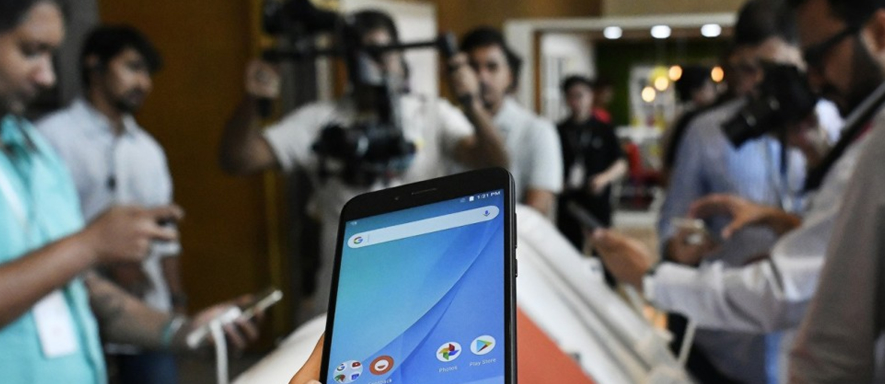Chinese handset vendor Xiaomi has scored a big success in India following confirmation that it has displaced South Korean colossus Samsung as the country’s No.1 smartphone manufacturer.
Research experts Canalys released figures which indicated that Xiaomi had shipped 8.2 million units in Q4 in 2017. In a statement released by the research firm, Canalys analyst Ishan Dutt said the Chinese vendor’s persistence over a three-year period was now beginning to pay off handsomely which was indicated by the disclosure of the Q4 results.
He said, “Multiple factors have contributed to Xiaomi’s growth, but the key reason for its success lies in the autonomy that it granted its Indian unit, letting it run the business locally.”
Samsung whilst disappointed to be displaced still enjoyed an increase in growth. It shipped 7.3 million units which represented an increase of 17% year-on-year. Vivo, Oppo and Lenovo made up the rest of the top five smartphone manufacturers.
Overall, the growth in the Indian smartphone market was modest to say the least, with the country enjoying a growth increase of 6% year-on-year with 30 million units distributed in total. The research firm claimed in its report that the stagnation of growth was most likely caused by a seasonal dip which occurred in Q3.
Canalys also said it was clear that a power struggle was now ensuing between the Chinese and South Korean vendors who both claim a dominant share in the India market which is expected to increase further in 2018. They boast a combined market share of 50%, with Xiaomi currently amassing 27% of that market share, but Samsung is hot on its heels with 25%.
Canalys analysts Rushabh Doshi claimed that Samsung’s removal as No.1 in India is due to its inability to transform its low-cost product portfolio.
He said, “The power struggle between Xiaomi and Samsung will continue well into 2018, as Samsung revamps its low-cost portfolio and fights to take back the aspirational status it once held in [the] minds of Indian consumers.”





